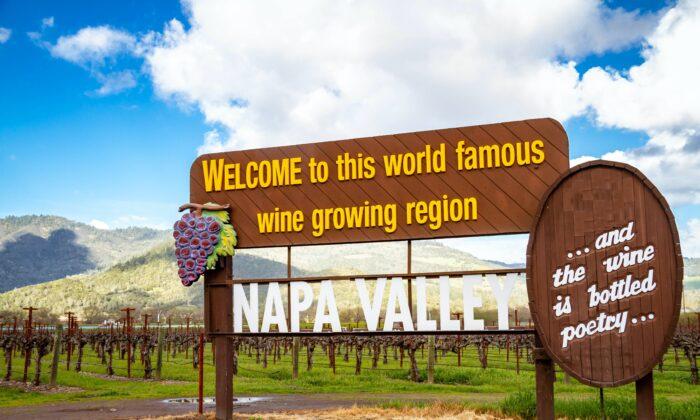As a winegrowing paradise, California has always been blessed with loads of sunlight and beneficent weather, allowing it to ripen wine grapes almost anywhere.
But in the early years, distinctiveness was nonexistent. In the era between the end of Prohibition (1933) and the end of World War II, pretty much every wine made here was generic and was relatively inexpensive.
Some people knew fine California wine was possible. One of the earliest was a 1940s East Coast wine merchant by the name of Frank Schoonmaker, who suggested in a book that California focus on individual varietals.
By the 1960s, we began to see grapes like chardonnay, cabernet sauvignon, and zinfandel appearing on labels. And by the early 1970s, it was obvious that not all grapes did well in all regions.
Grape growers and winemakers soon realized that some varietals did better in some smaller regions, a move that was heralded, curiously, by a Broadway musical.
On May 3, 1956, a Broadway musical opened called “The Most Happy Fella,” by Frank Loesser. It helped change the fortunes of the American wine industry.
The musical had a showstopping song with lyrics that included, “I’m the most happy fella, in the whole Napa Valley.” From that moment Napa Valley was branded as America’s wine country.
Soon the U.S. government began certifying dozens of regions as American Viticultural Areas, some of which were ideal for certain grapes and judged ill-suited for others.
Today, Napa Valley remains one of the most prestigious of AVAs, and the government has also certified numerous smaller “sub-AVA” areas inside Napa, like Stags’ Leap, Mount Veeder, Oakville, and Pope Valley.
Four years ago, moves begin to take place to add many smaller subregions within vast Sonoma County, which has long prided itself on several prestige zones like Alexander Valley, Russian River Valley, Sonoma Valley, and Dry Creek.
The government recently approved Petaluma Gap, just east and south of Bodega Bay, a wind tunnel in which cold weather allows for great pinot noir, chardonnay, syrah, and other varieties.
The Petaluma Gap was carved out of the amorphous, huge Sonoma Coast AVA, a step seen as long overdue as the Gap, as locals call it, is truly different from the rest of the Sonoma Coast.
Another recent relatively new AVA is called Pine Mountain-Cloverdale Peak in northerly Sonoma County. (It includes land stretching into southern Mendocino County.) It’s mostly high-mountain terrain and produces outstanding cabernet, merlot, and sauvignon blanc.
It was originally part of the Alexander Valley, most of which is warmer than is high-and-hilly Pine Mountain.
Now another new AVA, also drawn from Alexander Valley land, has been proposed. Proponents submitted to the government for certification a new AVA called Pocket Peak.
This is another mountainous region, one not quite as high in altitude as is Pine Mountain. It removes acreage from the eastern edge of Alexander Valley and stretches to the border of Knights Valley—essentially due north of Napa Valley.
All this renaming of districts ultimately will have tremendous benefits in the marketplace, especially for consumers who pay attention to the AVAs on wine labels.
Still, not all wineries like the new designations. For example, today several “Sonoma Coast” wines were actually from grapes grown in Petaluma Gap. It confounds me why a winery using fruit from highly regarded Gap vineyards would ignore that appellation on their labels.
But I suspect time will cure that malady.





